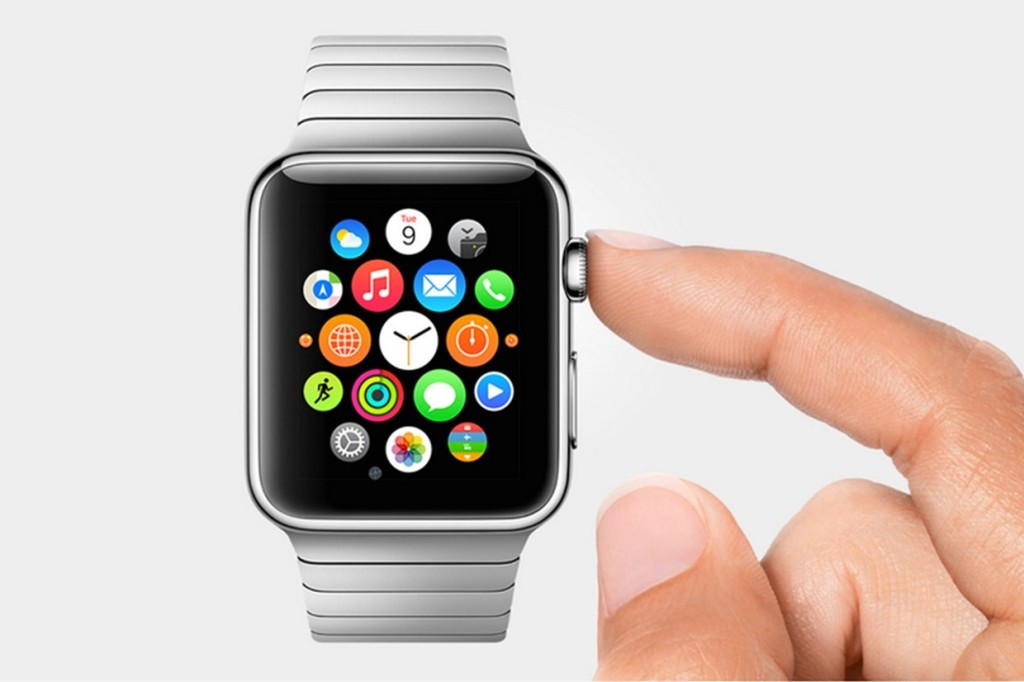If anything, 2015 will be known as the year that technology really turned a corner. We’re starting to see more streaming-capable devices, more Internet of Things-enabled gadgets making their way to market, and more accessibility to computer services through mobile devices, both big and small.
Here are some of the most notable trends we found over the course of the year.
The advancement of mobile devices.
2015 wasn’t just a year consisting of your typical iOS and Android-powered smartphones. It was the year that technology “grew up” into new sizes and dynamics, enabling consumers to do much more with them than ever before.
For instance, both Apple and Microsoft produced larger, high-level tablet devices (the iPad Pro and the Surface Book, respectively) that could enable laptop-style experiences, while utilizing features such as a “light pen”-like stylus that would allow for easier drawing and accessibility to certain programs. Despite the high price, both of these devices have been met with great enthusiasm, and should continue to show advancement well into 2016, along with other smartphones and tablets.
Wearable tech also took a huge leap forward, as Apple introduced its Apple Watch to the market. Though it took some time for the device to get “comfortable” to consumers who weren’t quite ready for it yet, it eventually grew into its own on the market, offering unique health and social apps and a handful of games to keep people interested. We’ll probably see a more consumer-friendly version of the device in 2016, something that should be affordable.
Streaming is taking over.
By the time 2014 drew to a close, streaming services like Netflix and Hulu were carving a neat niche for themselves, creating a juggernaut that would no doubt keep up and even match the power of regular television. In 2015, that race became closer than ever, thanks to the introduction of various new streaming services.
HBO jumped into the game with its HBO Now service; Showtime followed suit with its own streaming app; and even network channels like CBS got involved with a specific application, enabling users to watch their favorite programs at any time, or even live as they broadcasted. This, combined with the continued original programming provided by “the old pros” like Netflix and Amazon Instant Video, put streaming video more in demand than ever before. More than likely, it could even surpass routine television programming by next year, based on these numbers.
Music streaming has also stepped up in a big way. While Spotify and Pandora continue to hold their ground with massive audiences, other competitors have made the market heat up. Apple introduced its exclusive Apple Music service to strong praise; YouTube finally got into the act with its oft-delayed Music channel; and others, like Tidal, entered the fray as well. This breakdown of the evolution of streaming music provides more details, giving us an idea of what to expect in 2016.
As for games, we didn’t see too much in the way of cloud streaming this year, although PlayStation Now has certainly set an example on how to do it the right way for game consoles and particular smart televisions alike. Microsoft could be working on a similar service to launch in 2016, putting cloud streaming of games back in the spotlight.
The Internet of Things is everything.
It seems that set-top boxes and game consoles aren’t the only things capable of connecting to the Internet anymore. In 2015, a number of new devices became web accessible, enabling users to connect and do more things than ever before. Even coffee machines and security systems became remotely accessible, providing better ease of use.
Earlier this year, we reported on eMarketer‘s findings for how much people intend to use Internet of Things-enabled devices. 71.9 percent of those surveyed stated they would use some form of IoT-based technology in mobile applications and devices a huge leap from the previously indicated 46.5 percent of business executives interested in it.
So what does this mean In 2016, we’re likely to see even more of the Internet of Things going around, with more devices and services becoming available with the push of a button. With that, security measures will also be put into place to assure their safety, especially when it comes to keeping shopping activities and other digital information at bay.
Virtual and augmented reality took over.
Although not all the competitors have arrived on the market as of yet, virtual reality looks to take a big foothold in the technological field in 2016. Throughout this past year, we’ve seen a number of announcements, app reveals and upcoming games that present an interesting future for virtual reality. This article breaks down just how exciting things will be for the likes of the PlayStation VR, Samsung Gear VR, HTC Vive, Oculus Rift and other competitors gearing up for what could bring in billions of dollars.
That said, many partners have already begun utilizing the technology in a number of ways. Marriott offers it in hotel rooms as a temporary getaway for weary travelers; movie studios have already used Oculus tech to promote projects like Paranormal Activity: The Ghost Dimension and The Hunger Games; and it’s even attracted some big franchises for release in 2016, including Minecraft.
That’s not all, though. Augmented reality made some huge waves this year as well, with a market that’s set to take in all the exciting game and informative applications it will provide. Microsoft could lead the charge next year with its promising HoloLens tech, which was demonstrated earlier this year at the Electronic Entertainment Expo to huge praise. And not just for games either.
The forthcoming year should see huge advances in virtual and augmented reality. Now the only question is what kind of effect virtual reality will have on a mass market, and if it’s even prepared for the kind of immersive technology it provides.

